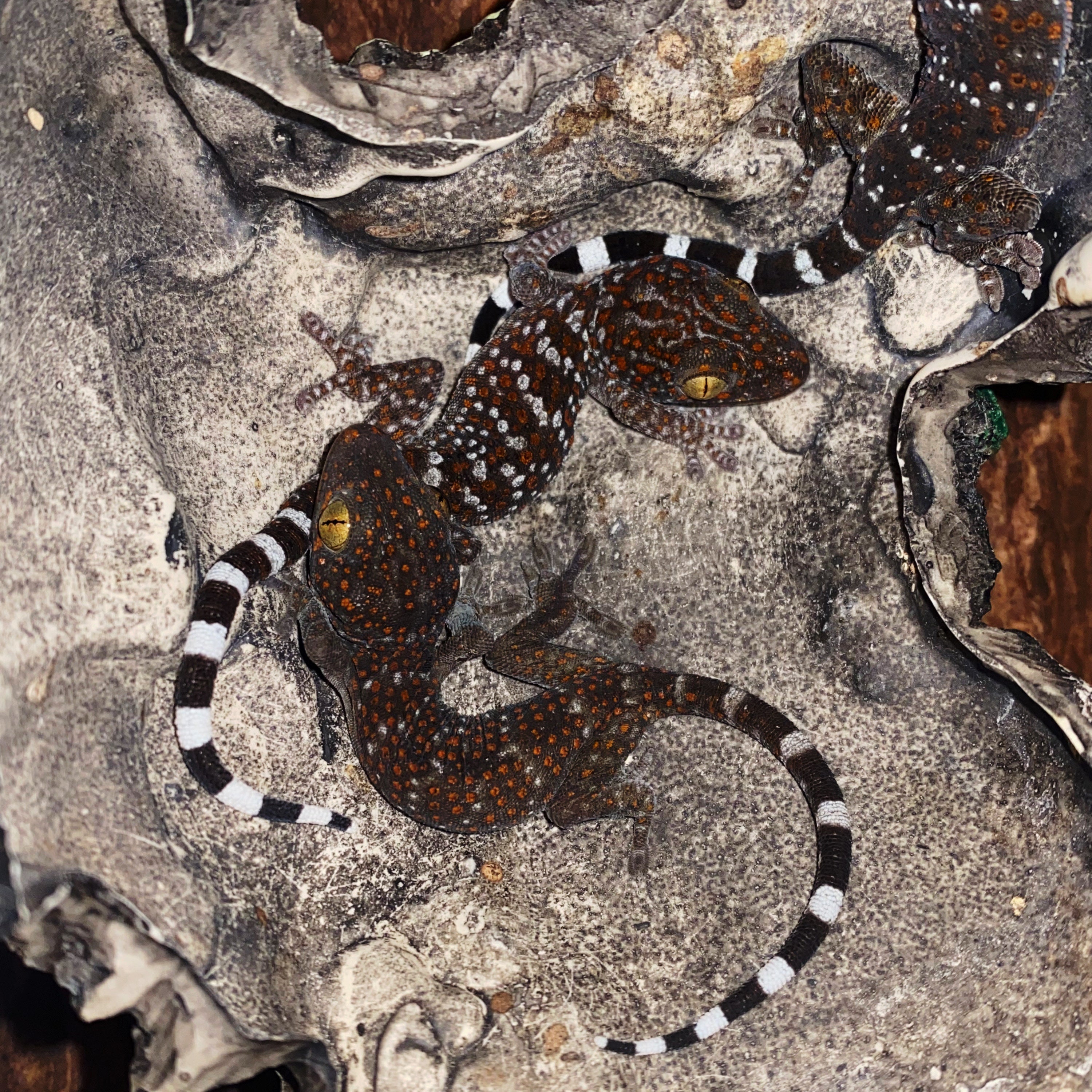Introduction
Brachypelma hamorii, commonly known as the Mexican Red Knee Tarantula, is a docile and striking species native to the Pacific coast of Mexico. Recognized for its bold black body and red-orange leg joints, this tarantula is a popular choice for beginner and experienced keepers alike due to its calm temperament and relatively easy care requirements.
Habitat Setup
A single adult tarantula should be housed in an enclosure that is at least three times its leg span in length and width, with a height that allows for minimal climbing. A 5 to 10-gallon terrarium typically suffices. Use a substrate of at least 3 inches of coconut fiber, peat moss, or a soil mix to allow for natural burrowing behavior. The ideal temperature range is between 75-80°F with nighttime drops no lower than 70°F. Humidity should be kept between 60-70%, maintained through occasional misting and a small water dish. The enclosure should include a hide, such as a half log or cork bark, and minimal decor to reduce stress.
Diet
Brachypelma hamorii primarily eats live insects like crickets, dubia roaches, and occasional mealworms. Feeding once or twice a week is sufficient for adults, while juveniles may require more frequent meals. Prey items should be appropriately sized—not larger than the tarantula’s abdomen. Always remove uneaten food after 24 hours to avoid stress or potential injury to the tarantula.
Shedding Care
Tarantulas undergo molting as they grow, during which they are extremely vulnerable. A pre-molt tarantula may stop eating, become more reclusive, and darken in color. During and after a molt, handling should be avoided completely, and the enclosure should be kept humid to support successful shedding. Wait several days after molting before resuming feeding.
Female-Specific Care
Females of this species can live up to 25–30 years, significantly longer than males. They may occasionally seal themselves in a burrow or hide before molting. It’s important to avoid disturbing them during these periods to ensure a stress-free environment.
Handling and Temperament
Brachypelma hamorii is known for its calm disposition, but handling should still be limited to reduce stress and avoid injury. If handled, do so gently and close to a soft surface. They may flick urticating hairs if threatened, which can irritate skin and eyes. Always wash hands thoroughly after contact.
Health and Maintenance
This species is generally hardy but sensitive to falls and excess humidity. Keep the enclosure dry with a moist corner rather than maintaining high overall humidity. Clean uneaten prey and spot-clean waste regularly. A full substrate change is typically needed only every 6-12 months.
Conclusion
Brachypelma hamorii is a low-maintenance and captivating pet that thrives with proper habitat setup and routine care. With patience and attention to their needs, these tarantulas can be a long-term and rewarding addition to any arachnid collection.




Leave a comment
This site is protected by hCaptcha and the hCaptcha Privacy Policy and Terms of Service apply.